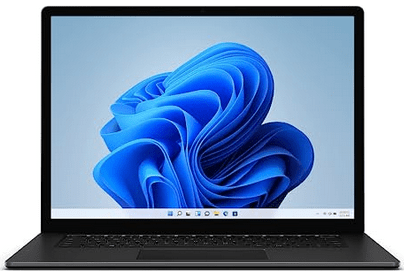GSA had the most marine-oriented event. It also featured one of the strongest voices for pro-ammonite gaming. The final night of the conference, I stumbled up to a Hyatt Regency ballroom for the long-awaited social event “Friends of the Cephalopods.” Under a vaulted ceiling, academics, museum workers, and the octopus-curious passed around a flagon of Kraken Rum. The group drank cephalopods, and shared a laugh with each vertebrate that came up. In the group, there were in SableOlivia Jenkins was the art and programming leader on Cloaks An Ancient Ocean, an ammonite roguelike game out of University of Utah’s Ammonite Motility Modeling Lab. Working alongside assistant professor Kathleen Ritterbush, the game was based on the lab’s research into how ammonites lived and competed for resources.
Players will face different types of shells in different oceanic periods as they attempt to survive. Jenkins dreams An Ancient Ocean will be enjoyable to all—not only cephalopod friends. It sacrifices some accuracy for entertainment, but that doesn’t mean players won’t learn.
“I learned more about the Cold War from Metal Gear Solid 3 than I ever did in the public education system,” Jenkins says. “Just by having it be incidental to information that was directly relevant to me as a player, I was able to learn about it and had incentive to remember details.” Bonus information can be tucked into optional parts of the game, inspired by the Super Smash Bros Brawl trophy gallery. Gallery of trophy images Geoscience Communications Paper authors discussed the possibility of using glossaries and encyclopedias to guide paleo-curious individuals. Forcing Anybody can learn. “I’m trying to encourage people to look at the information that is being provided by the game without shoving it down their throats,” Jenkins says. “And that’s a tough balance. Hopefully, I hit it.”
A version in augmented reality An Ancient OceanThe game, which uses Unreal Engine 4 on museum iPads is scheduled for release in spring 2023. Additional gameplay-centric versions will be available soon following balancing and testing. Ritterbush estimates that the National Science Foundation will fund this project. An Ancient Ocean Each year, the game will be updated to reflect new field and lab discoveries. Each year, new discoveries in the field and shell species will result in programs that program the game’s backend.
Paleontology studies the world’s oldest organisms, the bedrock of biology and ecology, but that doesn’t mean the technology to share this research is stuck in the past. GSA posters focused on virtual field trip, interactive fossil software and community-building podcasts. Minecraft—both to teach and to simulate geologic phenomena. You can also use video games to play with billions upon billions of years worth of historical data. That history can be played with in just as many permutations, whether that’s cooperative dig sims or gotta-catch-’em-all animal hunting games.
Neil Kelley (Vanderbilt University Assistant) was kind enough to meet me on a rooftop bar. Pokémon’s animal diversity as much as his pro-Blathers peers across the rooftop. “In terms of the representation of really obscure groups that never get any kind of popular media representation, there’s a lot of them in Pokémon,” Kelley said. While we were speaking, Kelley said that his child huddled under him and caught Eevee. Pokémon Go. “Good exposure to biodiversity!” Kelley said as we took notice of the live monster-catching going on below us. Kelley said that Eevee was an excellent example of adaptive evolution because it can change itself depending on the environment. Before I could ask what adaptive evolution is, Kelley explained to me that I had just accidentally discovered about paleontology.



